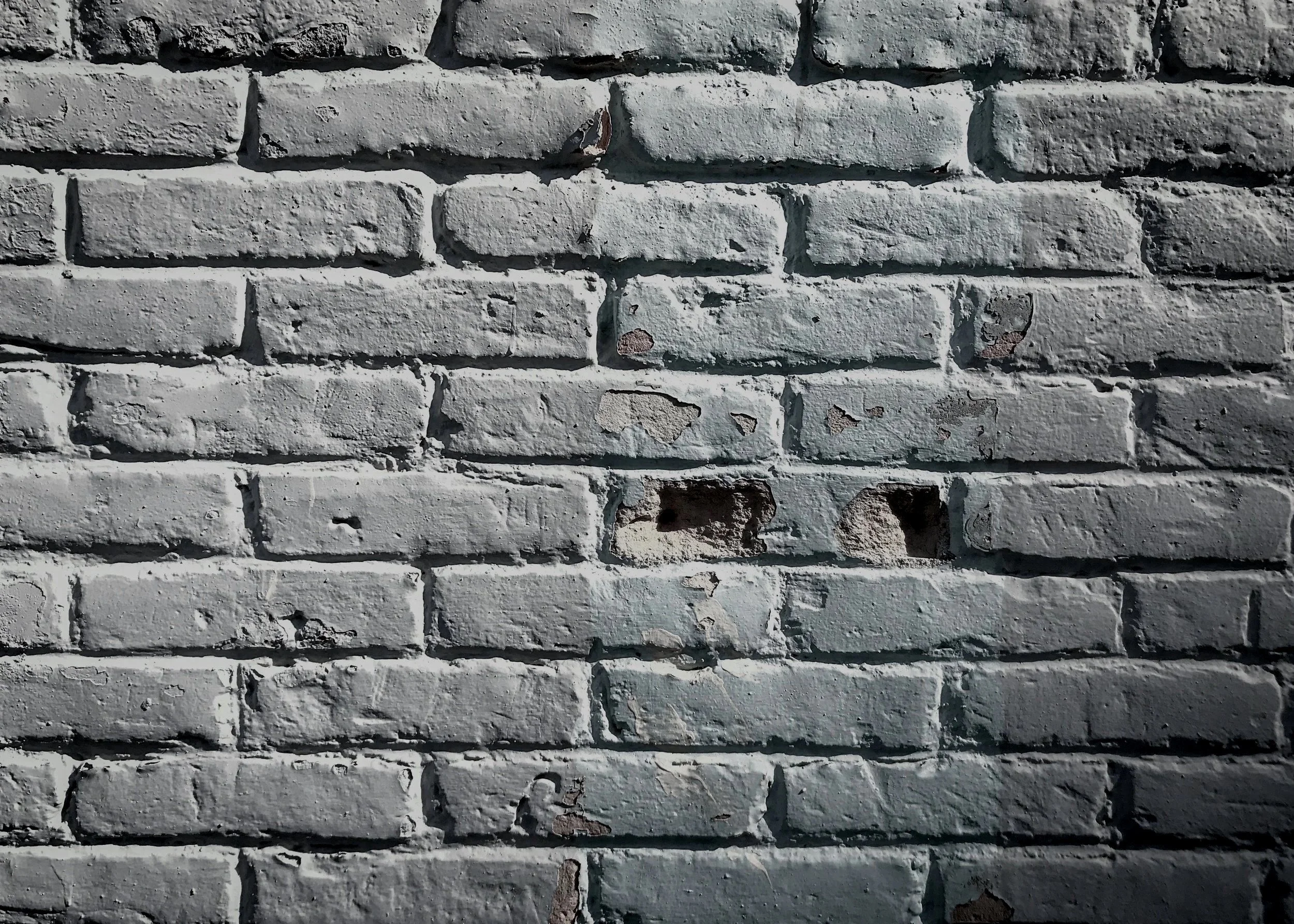
Retaining Wall Inspections
What are Retaining Wall Inspections?
Retaining Wall Inspections are mandated evaluations of freestanding walls that hold back soil or support changes in ground elevation. In New York City, these inspections are required by the Department of Buildings (DOB) to assess the structural stability and safety of retaining walls that are at risk of collapse or that abut public spaces. As a building owner, it is your legal responsibility to keep your property, including retaining walls, in a safe and well-maintained condition at all times.
Characteristics of Retaining Walls in NYC
Retaining walls are designed to stabilize slopes or embankments, preventing soil erosion and landslides, while also creating level surfaces for construction, landscaping, or roadways.
Commonly found along sloped property boundaries, near transportation infrastructure like subways and highways, and around basements or gardens, they are constructed using materials such as concrete, masonry, or natural stone.
Regulations and Compliance
NYC Administrative Code requires retaining walls over four feet in height to be inspected periodically for structural integrity.
Retaining walls must comply with the NYC Building Code and zoning requirements, including proper drainage and safety features.
The New Retaining Wall Cycle in NYC
New York City requires periodic inspections of retaining walls to ensure they remain safe and structurally sound. The inspections follow a five-year cycle, divided into sub-cycles based on the city’s boroughs. As of January 2025, we are in the duration of Cycle 3.
Current Cycle 3 Information
Cycle 3 Duration: January 1, 2024 – December 31, 2028.
Sub-Cycle Timeline:
Bronx: January 1, 2024 – December 31, 2024
Manhattan: January 1, 2025 – December 31, 2025
Staten Island: January 1, 2026 – December 31, 2026
Queens: January 1, 2027 – December 31, 2027
Brooklyn: January 1, 2028 – December 31, 2028
For Manhattan property owners, inspections for Cycle 3 must occur between January 1, 2025, and December 31, 2025.
Safety Classification for Retaining Walls
Safe
The retaining wall is stable with no visible defects or risks to public safety.
No maintenance or repairs are required.
Safe with Minor Repairs or Maintenance
Minor defects such as small cracks, vegetation growth, or surface weathering are present but do not affect the structural integrity.
Routine maintenance or minor repairs are recommended to prevent further issues.
Safe with Repairs and Engineering Monitoring
Moderate issues, such as noticeable cracks, slight tilting, or drainage problems, that require repairs.
Engineering monitoring is necessary to ensure the wall remains stable during and after repairs.
Unsafe
Severe structural issues, such as significant cracks, leaning, bulging, or partial collapse, pose an immediate safety risk.
Immediate protective measures and urgent repairs are required to mitigate hazards.
Steps for Compliance
Determine Inspection Requirement
Check if your retaining wall needs an inspection. Any wall on your property (or shared with neighbors) that is 10 feet or taller and faces a public right-of-way must be inspected by a Qualified Retaining Wall Inspector (QRWI). If the wall is shared, a single QRWI can inspect it for all owners, but a report must still be submitted to the Department of Buildings (DOB).
Inspection by QRWI
The QRWI performs a detailed inspection of the retaining wall to evaluate its condition and assigns a safety rating based on its findings.
Submit Condition Assessment Report and Fees
Within 60 days of completing the inspection, the QRWI must submit a report to the DOB that complies with the criteria outlined in 1 RCNY §103-09. For walls with multiple owners, a single report can be filed for the entire wall, but each owner is responsible for paying their portion of the required filing fees.
Fines and Penalties for Non-Compliance
Failure to File the Inspection Report: $1,000 initial fine and $250 for every additional month the report remains unfiled.
Failure to Address Unsafe Conditions: Up to $1,000 per day until the repairs are completed.
Inadequate Repairs or Non-Compliance with Timelines: Additional fines may be imposed if repairs are not conducted within the required timeframe outlined in the inspection report.
At Post & Lintel, Our Retaining Wall Services Include:
Visual Inspection: Examine for cracks, bulges, or leaning that may indicate structural instability or movement.
Drainage Assessment: Check for proper drainage systems to prevent water buildup and pressure against the wall.
Structural Analysis: Evaluate the wall’s foundation and reinforcement to ensure it can support the retained soil and external loads.
Material Condition Review: Inspect for signs of weathering, erosion, or material degradation, such as spalling concrete or crumbling masonry.
Safety Risk Identification: Identify potential hazards, such as loose stones or unstable sections, that could pose risks to nearby areas.
Documentation and Reporting: Provide a detailed report with photographs, notes on observed issues, and recommendations for repairs or maintenance.
Additional Testing (if needed): Perform geotechnical evaluations, soil pressure testing, or advanced structural assessments to address complex concerns.
For coordination, permitting support, or regulatory management related to construction work for your project, please visit our Contact Page.
For more information, please visit NYC DOB.
